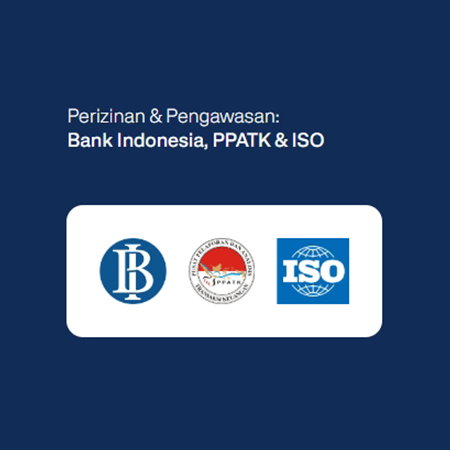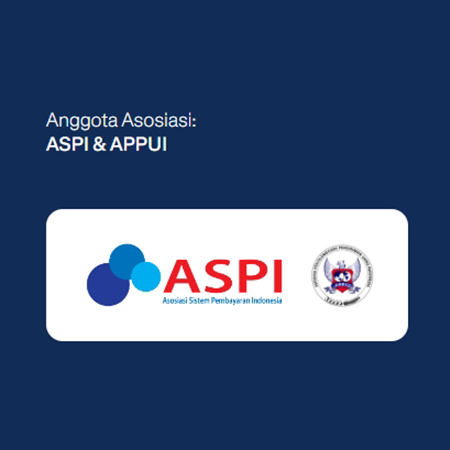Thailand mineral resources mainly include lead, tin, and petroleum. In addition, Thailand holds significant reserves of gold and other minerals such as dolomite, lignite, rock salt, feldspar, potassium, gold, silica sand, zinc, iron, tin, and tungsten.
Thailand is well known as the rice barn of Southeast Asia, but it’s not only famous for agriculture—this country is also a global hub for tin. Thailand is one of the few Southeast Asian nations that was never colonized.
Read also: Remittances Boost Indonesia’s Economy, Transfez Plays a Part Too
Thailand Mineral Resources

Thailand is not only known for its farming and plantations but also for its strong focus on the mining sector. Thailand’s primary mining outputs include tin, gas, gemstones, petroleum, and gold.
Other extracted minerals include iron ore, coal, zinc, lignite, manganese, and wolfram. Oil and gas production began in 1984 and is centered in the Gulf of Thailand.
This oil and gas output has helped reduce Thailand’s dependence on energy imports. Thailand’s gold mines, especially in Bang Saphan, are also renowned for their exceptional purity.
Transfez: Send Money Easily to 70+ Countries
Thailand’s Key Mineral Resources
Thailand’s main mineral resources are tin—both white and black tin. From the late 19th to early 20th centuries, Thailand was globally known for tin mining.
Tin mining was concentrated along the Andaman Sea coast. In 1985, however, global tin prices plummeted, marking a downturn in the industry. Still, Thailand revitalized its tin production, reaching 100 tons in 2019.
In 2020, tin output hit 700 tons. Though China remains the world’s top tin producer, Thailand continues to rank among the top 10 globally.
Read also: Transactions with Transfez Are Safe and Fraud-Free
Top Natural Resources in Thailand

1. Agricultural Resources
- Thailand’s sugarcane industry is highly developed, with robust sugar production capacity for export.
- Rice is the country’s main agricultural product, making Thailand one of the world’s leading rice exporters and Southeast Asia’s rice barn.
- Thai rubber supports the country’s fast-growing automotive industry.
- Thailand is a major exporter of agricultural products like cloves, corn, ironwood, and teak.
2. Mineral Resources
Even though Thailand’s mineral resources aren’t its primary income source, the mining sector still holds strong potential. Key mining opportunities include:
- Petroleum from Thailand’s seas, though mostly for domestic use.
- The main mining commodities are black and white tin.
- Natural gas is widely used in electricity generation and households.
3. Fisheries Sector
Thailand’s fisheries sector also contributes significantly to the economy, both as a tourist draw and commercial industry. Seafood, especially fish, is a culinary staple in the Land of the White Elephant.
Read Other Transfez Articles About Abroad
Myanmar Mineral Resources and Their Role in the National Economy
Philippines Mineral Resources and Their Impact on the Economy
Exploring Malaysia’s Mineral Resources: Tin, Bauxite, Gold, and More
Mining Products of South Africa That’s Important for the Country’s Economy
Thailand’s Natural Resources

1. Mining
Thailand’s mineral resources come from the mining of gold, coal, fluorite, limestone, natural gas, tin, manganese, basalt, zinc, rubber, gypsum, tungsten, niobium, and lignite. For years, Thailand led the global tin industry, but today, gold mining has become a bigger focus.
Coal mining is prominent with firms like Banpu PCL headquartered in Bangkok. Offshore natural gas discoveries since the 1970s have helped reduce oil and gas imports.
Thailand is also the world’s second-largest gypsum exporter after Canada. Gypsum is primarily used in construction, with 200,500 metric tons produced in 2015 alone.
2. Agriculture
Bangkok used to be an agrarian region until the mid-20th century. As more people migrated to cities, agriculture lost prominence. However, agriculture is once again a vital economic activity thanks to fertile alluvial soil along the Chao Phraya River.
Rice remains Thailand’s dominant commercial crop. Over 60% of the country’s 13 million farmers grow rice across nearly half of the nation’s farmland.
3. Fisheries
Thailand’s fisheries sector plays a crucial economic role as both a tourism magnet and commercial exporter.
Popular fish varieties include giant Mekong catfish, clams, shrimp, redtail catfish, Siamese carp, barramundi, giant snakehead, tuna, wallagonia, and arapaima. Freshwater fishing is widespread in dams and lakes across the country.
Want to send money abroad easily and affordably? Use Transfez!

Transfez accounts are free to create and offer safe, fast, transparent, and cost-effective international transfers to foreign bank accounts.
Here’s how to send money with Transfez:
1. Sign up via the Transfez app,
2. Enter the amount to send,
3. Verify your identity,
4. Fill in the recipient’s details,
5. Make your payment,
6. Your transfer is complete.
Learn more about how to send money abroad with Transfez here. You may also want to try out the Transfez exchange rate calculator or check destination countries to see the exact amount recipients will get.
Download the Transfez App
The Transfez app helps you transfer money abroad quickly, affordably, and efficiently. Jack Finance can also assist your business in handling global transactions. Whether you’re sending money for school, work, or travel, Transfez is ready to help. Available on Android and iOS—download it now!









